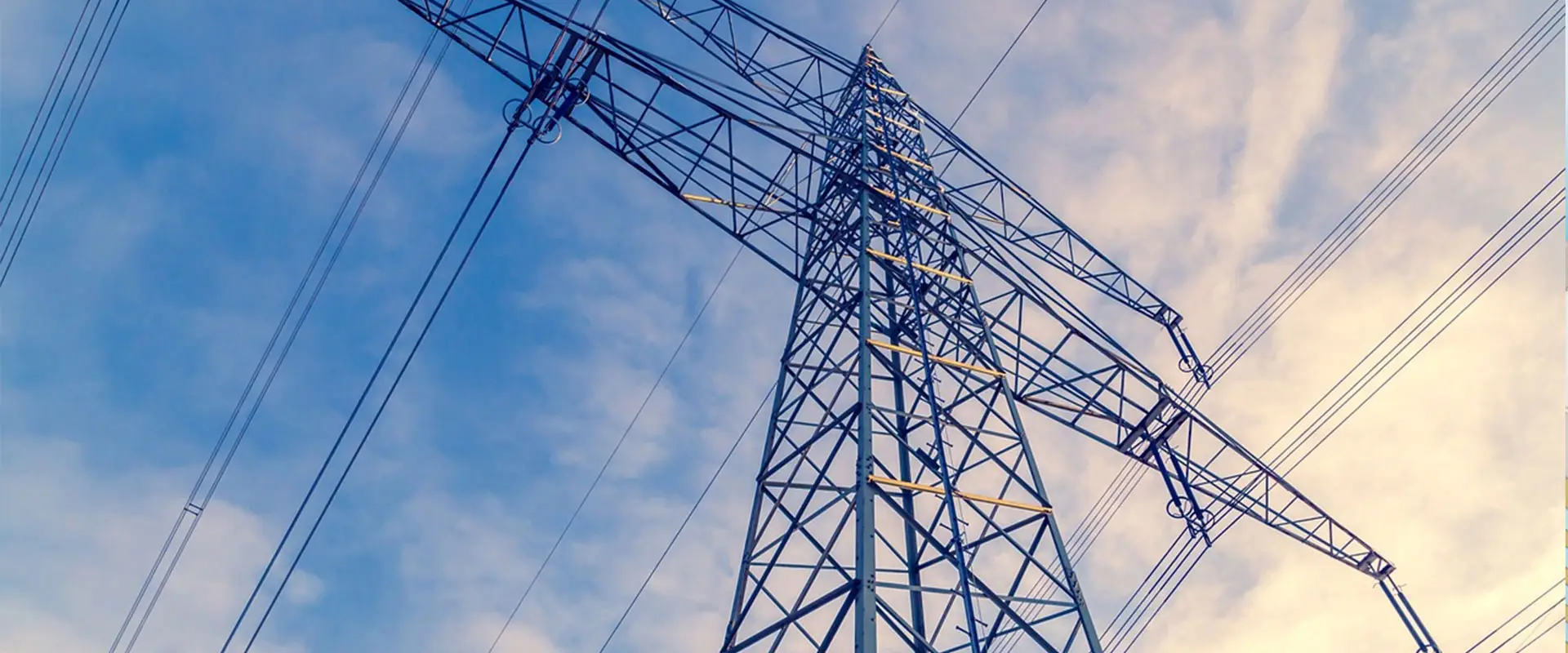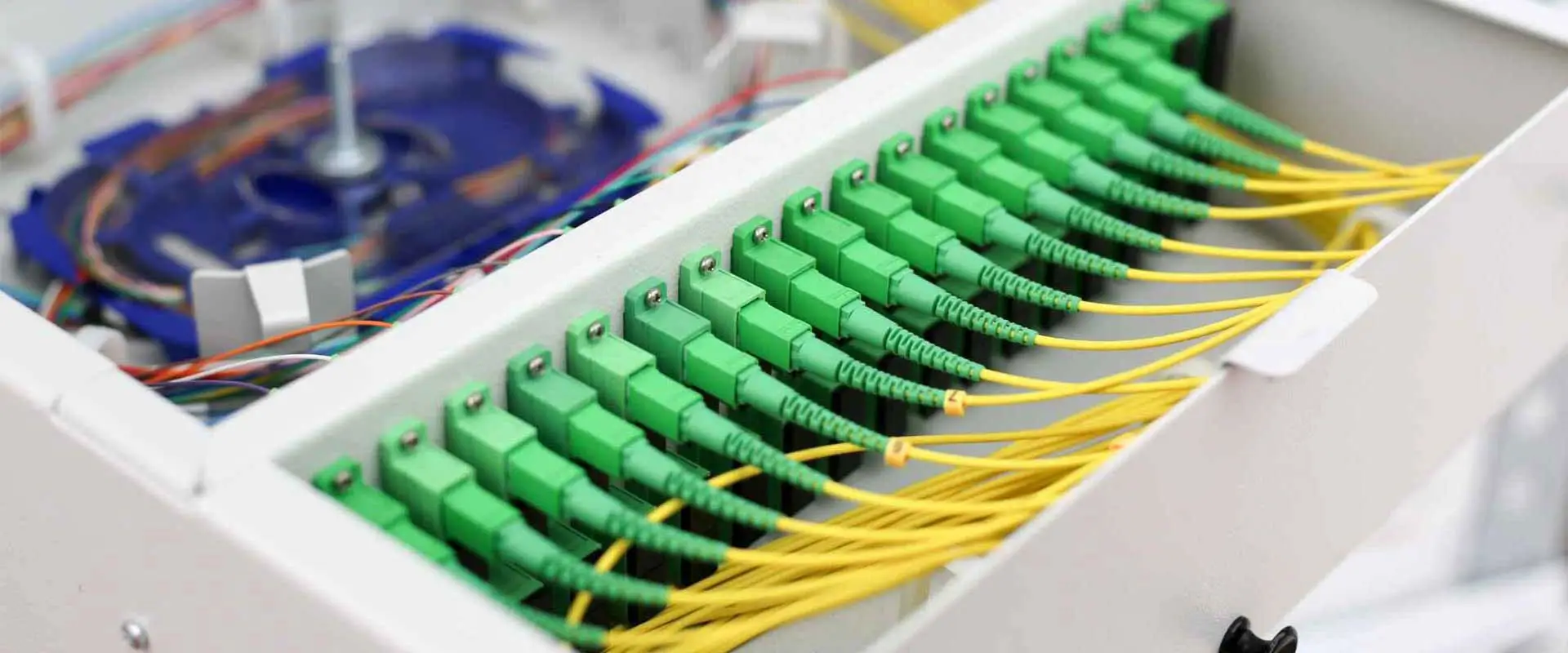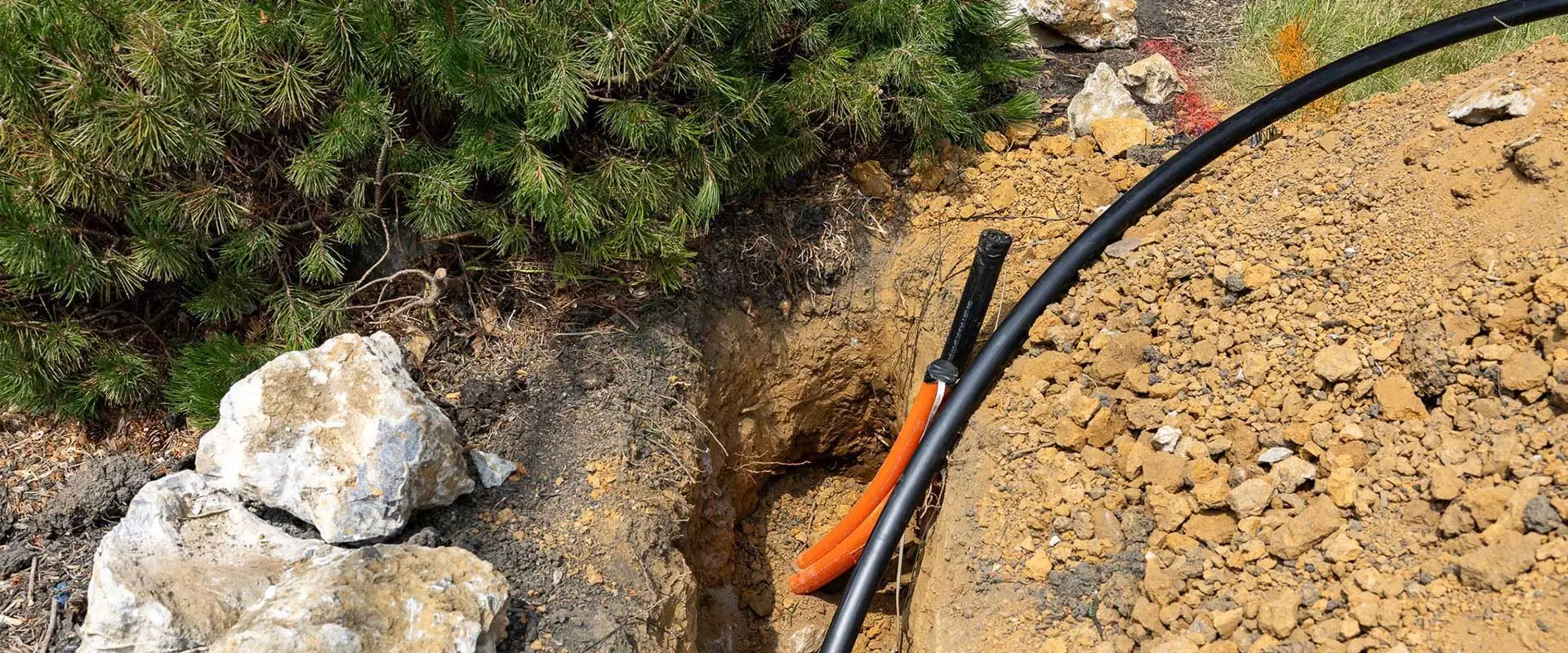Air blowing fiber (ABF), also known as jetting fiber, is an innovative and efficient method for installing fiber optic cables. It utilizes compressed air to propel micro-optical fiber cables through pre-installed microducts, offering a cost-effective and versatile alternative to traditional trenching and ductwork methods.

Key Components of an Air Blowing Fiber System:
1.Microducts: These small, flexible tubes serve as the pathways for the fiber optic cables. They are typically constructed from polyethylene (PE) or polyvinyl chloride (PVC) and can accommodate multiple fiber bundles.
2.Micro-Optical Fiber Cables: These specialized cables are designed to be installed within microducts. They feature a compact structure and a protective outer layer to ensure durability during the blowing process.
3.Air Blowing Machine: This equipment generates high-pressure compressed air that propels the micro-optical fiber cables through the microducts. Air blowing machines can be portable or stationary and range in capacity depending on the application requirements.
Benefits of Air Blowing Fiber Solutions:
1.Reduced Installation Costs: ABF eliminates the need for extensive excavation and trenching, significantly lowering labor and material expenses.
2.Minimal Environmental Impact: ABF causes minimal disruption to the surrounding environment, making it an ideal choice for environmentally sensitive areas.
3.Scalability and Future-Proofing: ABF systems can be easily expanded by adding additional microducts, accommodating future network growth and bandwidth demands.
4.Versatility and Flexibility: ABF can be deployed in various environments, including underground, aerial, and within existing infrastructure.
5.Rapid Deployment: ABF installations can be completed significantly faster than traditional methods, enabling faster network deployment and service availability.

Applications of Air Blowing Fiber Solutions:
1.Fiber-to-the-Home (FTTH) Networks: ABF is widely used in FTTH deployments, providing high-speed fiber optic internet access to residential premises.
2.Enterprise and Data Center Networking: ABF is gaining popularity in enterprise and data center networks due to its scalability and cost-effectiveness.
3.Mobile Network Backhaul: ABF is increasingly used for mobile network backhaul, supporting the growing demand for high-bandwidth mobile data services.
4.FTTA (Fiber-to-the-Antenna) Networks: ABF is a promising solution for FTTA deployments, providing fiber connectivity to cell towers and base stations.
Overall, air blowing fiber solutions have revolutionized fiber optic cable installation, offering a cost-effective, environmentally friendly, and scalable approach to building and expanding high-speed fiber optic networks.





